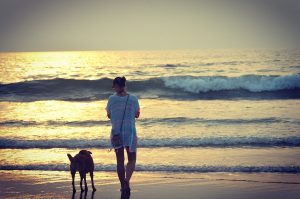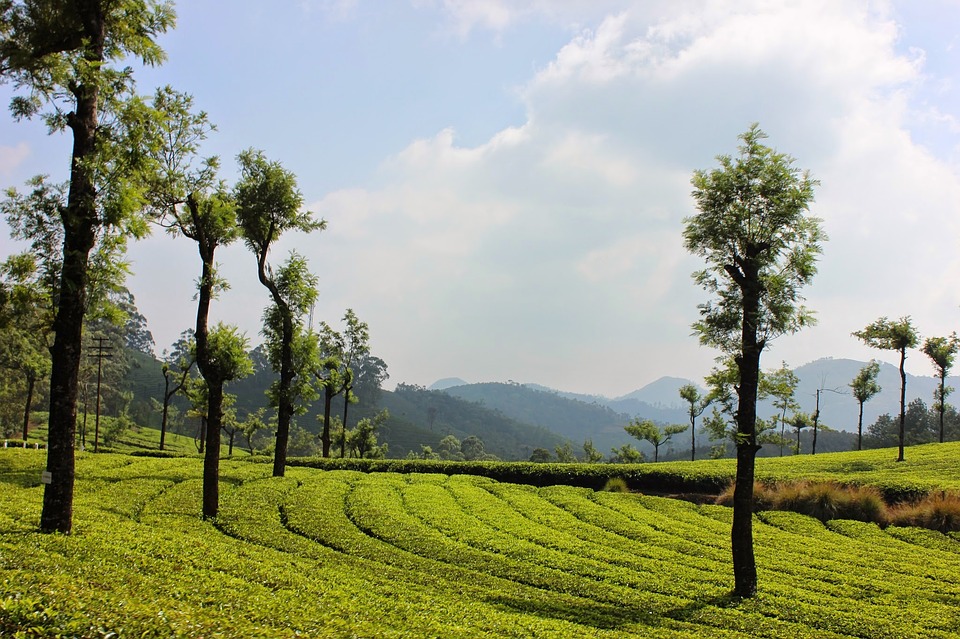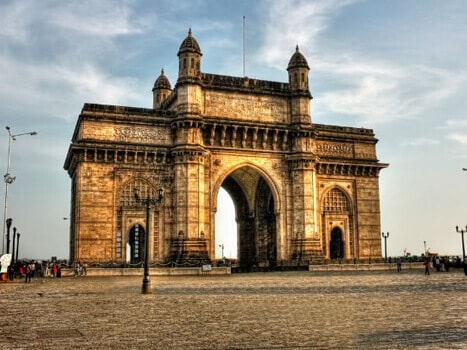Goa
Goa
Goa “CITY OF THE BEACHES”
Walk leisurely on the sun kissed beaches, listen to the murmuring winds, watch the sun drawing patterns in the sand through the shades of the trees, let the cool seas wash your feet or simply lie back and enjoy the Goan drink- Feni.
Goan culture is a confluence of many religions, faiths and traditions. People from various religions live in absolute communal harmony and participate wholeheartedly in the religious festivals of others. The Portuguese invaders destroyed many temples and mosques. As a result most of the temples are relatively new, though some date back to over 400 years.
There is no sea food like the Goan sea food. The shoreline stretched over miles, numerous river streams and the ponds produce the most amazing variety of fishes and other sea food. Delicious tiger prawns, oysters, shellfish, and black river crabs are available in plenty. The variety in fishes includes king fish, tuna, shark, rock fish and sardines. You can never have enough of the delectable Squids, cuttlefish, sea prawns, lobsters and mussels available here.
Don’t miss out on the fabulous Feni, an alcohol produced only in Goa from the coconut and cashew tree. Goan churches are absolutely peaceful and beautiful. The Church of St Francis of Assisi, with its gilded and carved woodwork, murals and a floor made of grave stones, it is one of the most interesting buildings of Goa. The Church of St Monica is as old as the 17th century. St Cathedral is the largest church of Old Goa. Built for the Dominicans in 1562, it still retains its old splendor.
Places to visit:
OLD GOA - is located nine km east of Panajim and is famous for its churches and cathedrals. The Archaeological Survey of India has given some of the old buildings a facelift by converting them into museums maintained. The spiritual heart of Christian Goa, Old Goa has been given World Heritage Status by Unesco for its extraordinarily grand churches and convents.
VASCO DA GAMA - is on the narrow western tip of the Mormugao peninsula, overlooking the mouth of the Zuari River. Acquired by the Portuguese in 1543, the port town of Vasco-Da-Gama - popularly known as Vasco - was formerly among the busiest ports on India's west coast. It remains a thriving and key shipping centre, with container vessels and iron-ore barges crowding the river mouths. Vasco is Goa's most cosmopolitan city.
AGUADA FORT - which is at the top of the rocky flattened top of the headland, is the best-preserved Portuguese bastion in Goa. Built in 1612 to protect the northern shores of the Mandovi estuary from Dutch and Maharatha invaders, it is made picturesque with several natural springs. On the north side of the fort, a rampart of red-brown laterite juts into the bay to form a jetty between two small sandy coves.
ANJUNA BEACH - attracts a motley crowd of tourists. It is famous throughout Goa for its Wednesday flea market and has retained an undeniable charm.
DONA PAULA BEACH - Situated 9 km west of Panjim, it is nestled on the south side of the rocky, hammer-shaped headland that divides the Zuari and Mandovi estuaries. This former fishing village is now a commercialized resort.



